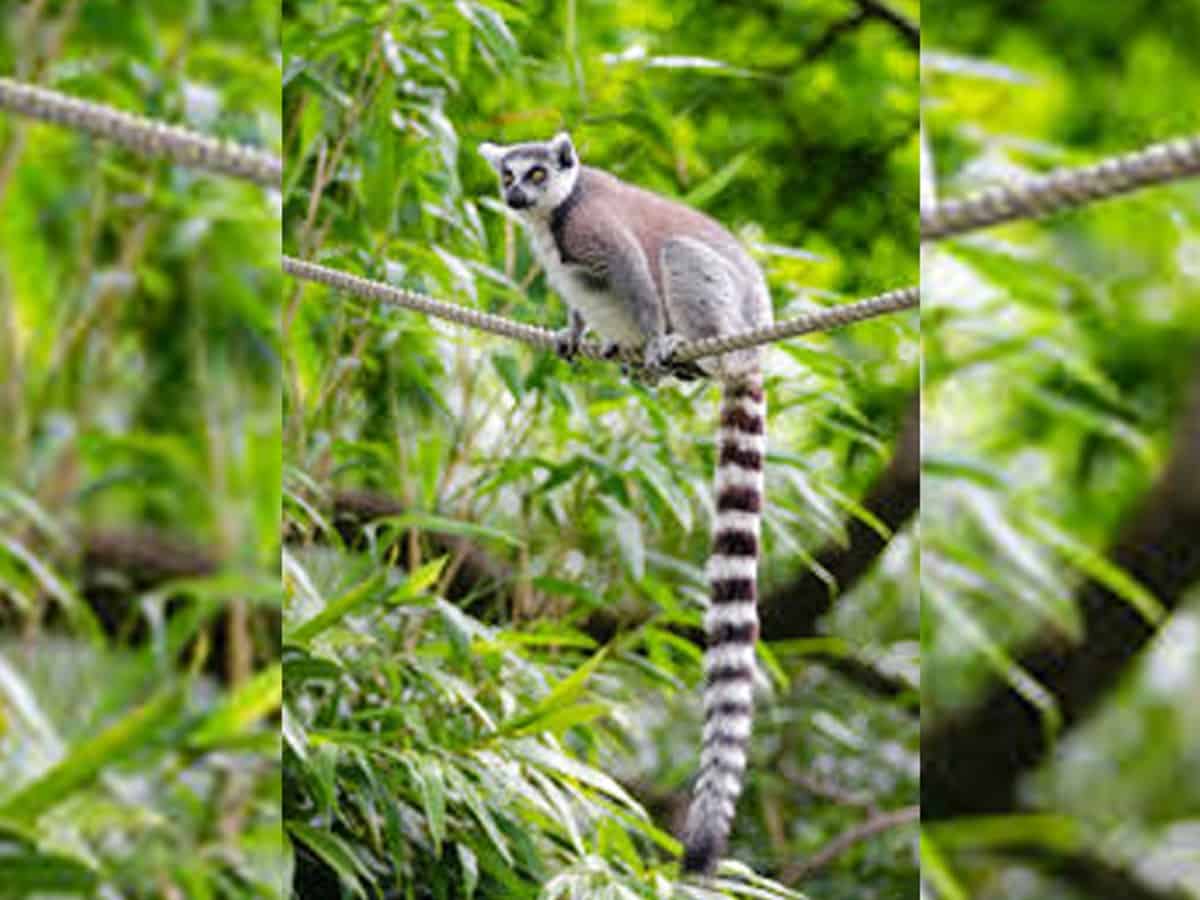New York: The island country of Madagascar is a safe haven to thousands of endemic plant and animal species, but going by the latest scientific predictions, all this could potentially change in the near future.
According to a study in Nature Climate Change, the eastern rainforests of Madagascar are under the threat of elimination by the year 2070 if deforestation and climate change are allowed to continue at the current unrelenting pace.
The authors of this research, however, have suggested that the impending habitat destruction can be averted by demarcating protected areas while environmentalists work toward long-term solutions for ending runaway greenhouse gas emissions and resulting climate change.
Madagascar–a biodiversity hotspot where 80 to 90% of its animal and plant species are exclusive to the area–has been devasted by decades of deforestation and overharvesting. The activities have destroyed much of the land cover that provides habitat for a variety of unique animals, including currently endangered varieties of lemurs. In particular, two species of ruffed lemurs are now critically endangered, and these animals play a central role in dispersing the seeds of a number of plant species that provide food and shelter for other animals across the rainforest.
“Because of their essential role as seed dispersers and their sensitivity to habitat degradation, ruffed lemurs serve as a critical indicator of the health of Madagascar’s entire eastern rainforest,” said Andrea Baden, a professor of anthropology at The Graduate Center, CUNY and Hunter College, and the study’s primary investigator. “When we projected the impact of deforestation and climate change, we found that deforestation alone and climate change alone could reduce ruffed lemur habitat by over 50%. Even more alarming, these two factors together are projected to essentially decimate suitable rainforest habitat by the end of the century.”
The researchers’ data suggest that the speed and intensity of destruction to Madagascar’s eastern rainforest will be greatly determined by whether the country institutes strict protections against deforestation or a relaxed set of policies. Protecting forested areas that provide shelter to ruffed lemurs and serve as corridor links to their strongholds is particularly important to survival given their role as a keystone species that enables the survival of a large number of animal and plant species in one of the world’s most biodiverse regions.
“The results from our study will be useful to nonprofit organizations, park management, and the broader conservation community,” Baden said. “Our results indicate potential conservation opportunities for ruffed lemurs and any of the rainforest-dwellers that rely on forest cover and connectivity. Protected areas are vital to species persistence.”

